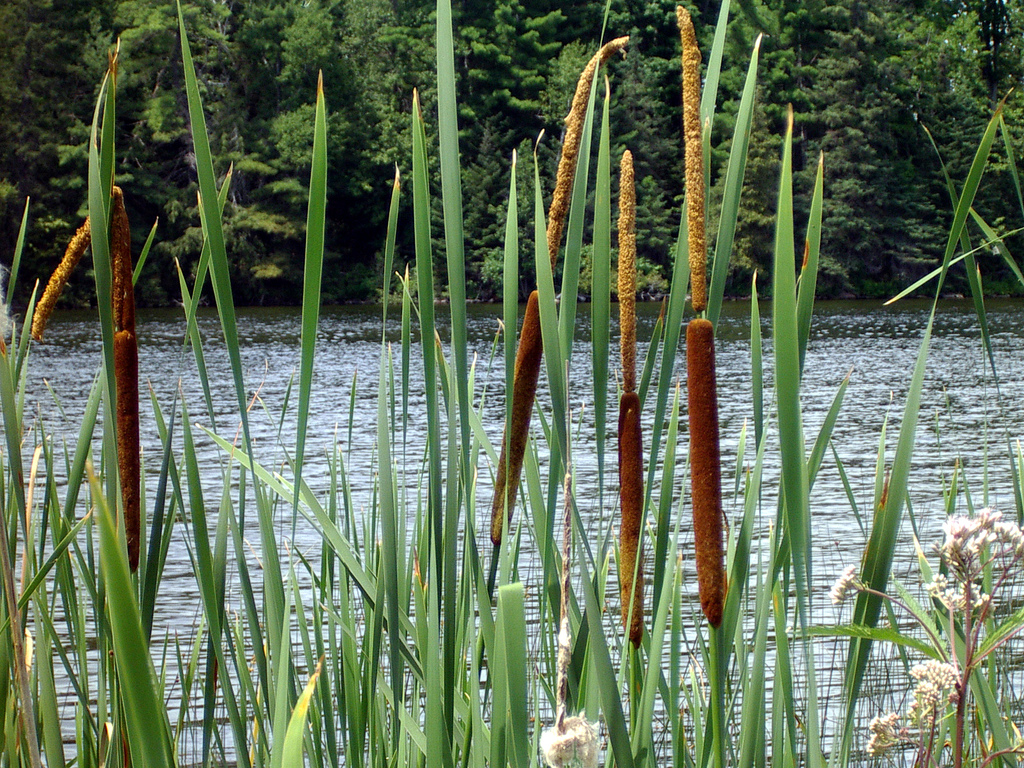Cattails are not only abundant in many parts of the country, but they can also be very beneficial in a survival situation as well. Almost every part of the plant can be used in ways that can make life in the field easier to manage, and this makes them an invaluable resource to have at our disposal. Let’s take a look at a few examples of how you can put cattails to work for you.
Food
Different parts of the plant can be eaten during different times of the year. Sections of the stems just above the soil are at their peak of tenderness and freshness during the summer. You can peel them and eat them raw, they can be boiled, or you can cut them into small pieces and incorporate them into trail meals. The heads of the cattails will mature during the summer, and they can be roasted just like an ear of corn. When they produce seeds, they can be shaken off and ground into a nutritious flower, and the roots can be soaked and softened into a starch during the winter that can also be processed into flour.
Few wild plants are as versatile and nutritious as cattails, and they also taste surprisingly-good as well.
Torch or Fire Starter
The heads of cattails make for an ideal fire starter, and they can also be used as torches. You can either light them while they’re still on the stalk, or you can tear them off and peel apart the fibrous material to make tinder. The material can also absorb and hold flammable material such as pine pitch or resin, and this can be used to create torches that can burn for a surprising amount of time.
Padding and Insulation
You can also use the material from the heads as a way to insulate fabrics, create a pillow or build up an improvised sleeping pad or mattress. You can also stuff boots, hats or gloves with the material in order keep extremities warmer for longer periods of time as well.
Medicine
The roots of cattails contain compounds that can promote the healing of wounds and a range of skin conditions, and they also have antiseptic properties as well. Just split apart a section of fresh cattail root, give it a good smash to soften it up and release juices, and you can use it as a poultice. Apply it directly to the affected area, and secure it in place with some fabric or cattail leaves.
Some stems produce an amber substance that can be used as a topical ointment or as an oral salve. You can also burn cattails and rub the ashes on minor cuts and scrapes to reduce the chances of developing an infection. You can even make teas from various parts of the plant as a way to soothe minor aches and pains, reduce inflammation and even fight certain infections.
Cordage and Weaving
The leaves and outer layers of the stems are fibrous and durable, and you can easily use strips to make anything from cordage or baskets to patches that can be used for roofs or walls of a shelter. You’re only limited by your skill and ingenuity, but cattails can be a one-stop resource that can help you to fabricate all kinds of helpful tools in the field.
Never underestimate the value of this common and run-of-the-mill wild plant. Take some time to learn more about the benefits of cattails and how you can take advantage of them during a wilderness survival situation. Chances are that you’ll never look at cattails in the same way again.
